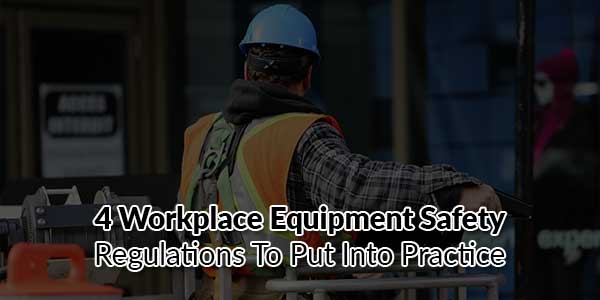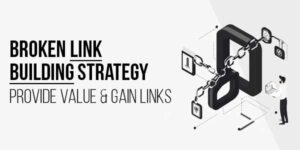
Your business has the responsibility to ensure that the equipment used by your employees is properly maintained and used correctly. This can reduce the risk of injuries or fatalities caused by accidents. Proper maintenance, safety, and training protocols will also keep your business in compliance with government regulations.
Table of Contents
Using Hand Tools Safely:
The use of hand tools poses the risk of injury. Protective clothing, guards, and gloves should always be used. When hand tools are not in use, they should be organized and stored in a way that prevents damage, limits unauthorized access to the tools, and makes tools easy to identify.
Working Safely With Scissor Lifts:
Scissor lifts create a safe and stable platform that workers can use to perform a task at a considerable height. When scissor lifts are not properly used or maintained, they create a hazard for workers. As an employer, your responsibility is to assess the worksite to find hazards to make sure that the scissor lifts used are appropriate for the task. This is especially true when using a scissor lift hire company. Before allowing your employees to get on the lift, you will want to perform a maintenance check, guaranteeing that all the security features of the lift are working properly. Employers are responsible to ensure that the lift is stable and will not tip over or collapse. The manufacturer’s instructions should be followed for the safe movement of the lift. This typically means not moving the lift while it is in a raised position. Only trained workers should be allowed to use a scissor lift. Employers should see that their employees can demonstrate that they know how to use a scissor lift properly.

Storing Old Equipment Safely:
When dealing with old equipment, guarantee that it is properly stored, handled, and transported. If the equipment has components that could be hazardous, such as ozone-depleting substances, follow hazardous waste legislation procedures.
Selecting The Appropriate PPE For Your Business:
Before buying personal protection equipment, employers should determine what is needed and that all pieces of equipment work together properly. For example, do protective goggles make it difficult for an employee to wear a required respirator? All PPE should meet set standards. This includes eye protection, such as goggles, face shields, and spectacles, foot protection, including safety boots, and protection for the head, including helmets and hearing protection.
As an employer, you have a serious responsibility toward your employees. If you or your employees identify a problem that can affect safety, it is your responsibility to take immediate steps to minimize the risk, thereby protecting yourself and your employees.

 About the Author:
About the Author:
















Be the first to write a comment.